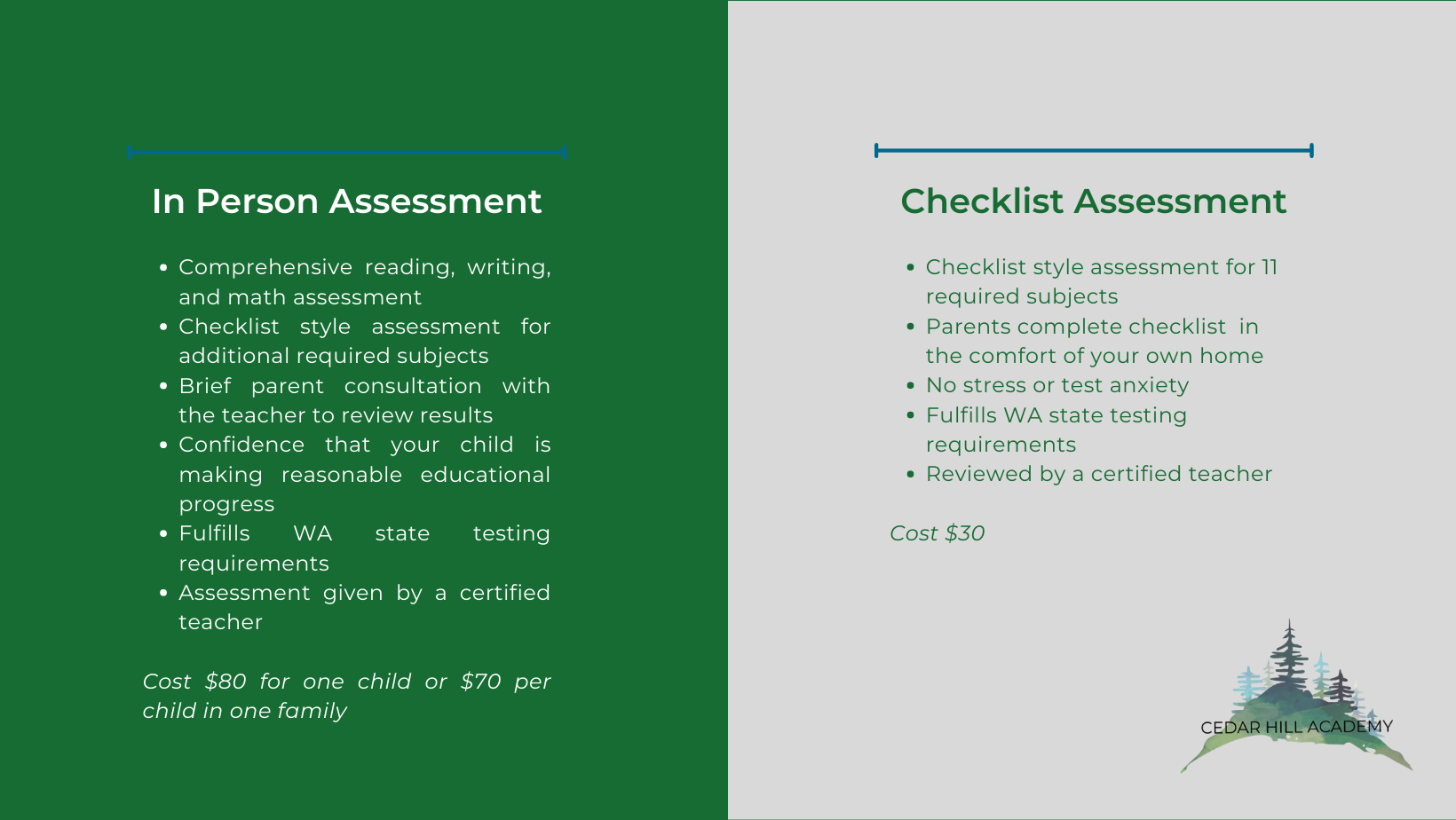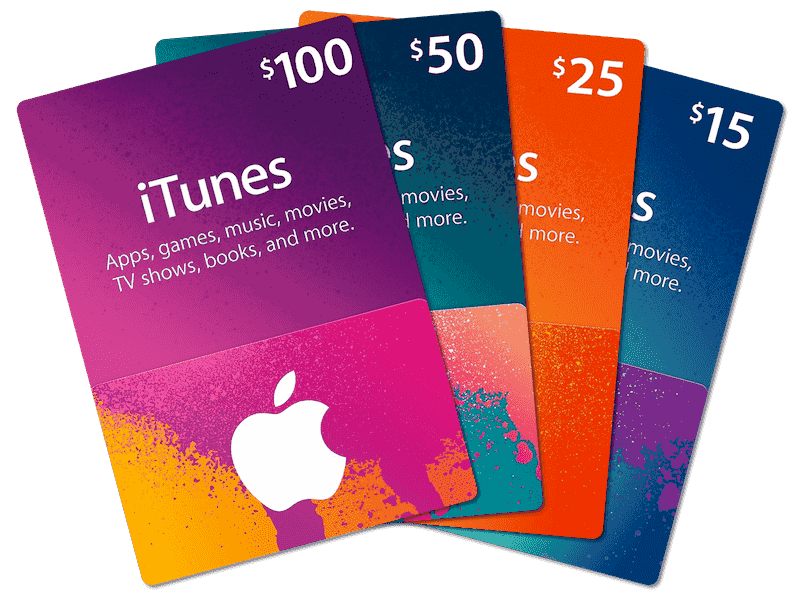As we continue on our exploration of curriculums, we hope that you will find something that peaks your interest and helps you on your homeschool journey. We are always available to support you if you have any questions on how to plan or implement curriculum into your week as you participate in our homeschool support classes.
Without further ado, today we will be talking to Sarah C. about her experience with Abeka. Sarah has two early elementary aged children that are flourishing under her loving guidance.
CHA: Why did you initially choose this curriculum?
Sarah: We use Abeka's homeschool curriculum for language arts and math. Because I used Abeka when I was homeschooling in the 90s, I was confident in the material and believed it would give my kids the foundational knowledge they need to succeed as students. I was also looking for a straightforward curriculum that did not require a lot of preparation from me and material that embraced a Christian worldview. After looking at a number of other options, I decided to try Abeka for our first year. I liked it so much that we have continued using it from kindergarten until now (my oldest is in third grade).
Abeka's language curriculum includes reading, writing, and spelling. Abeka's teaching approach is traditional and emphasizes mastery through drill, repetition, and memorization. Every week I introduce a few new concepts, phonics rules, and writing skills and then we practice those new skills and review ones we are already familiar with. I also give weekly tests in each subject. I thrive with a routine, so this approach works especially well for me, but I believe it is also important to adjust the routine and material to fit my kids' different learning styles and needs. Once you understand Abeka's routine (I suggest following its suggested schedule for at least a month to get the full picture), it is easy to adopt and modify.
CHA: Are you still using it for the same reasons or have your reasons changed?
Sarah: While I initially chose Abeka because I was familiar with the material and it required minimal prep work for me, I did have reservations. I have heard many complaints about the curriculum being too rigid, and I was skeptical about Abeka's decision to start teaching cursive writing in kindergarten. (I initially opted out of the cursive instruction and purchased the traditional print writing the company still offered. I did start teaching cursive in first grade.) Now that I have used the curriculum with my kids and seen the results, I love Abeka's language arts and math curriculum for many reasons. I appreciate its methodical and thorough approach to teaching new skills and reviewing past skills. It keeps me on pace to make sure we cover what my kids need to cover in their respective grades (paced over 170 lessons in each subject for the year), and it helps me challenge my kids to try new concepts that I would not have independently believed they could handle yet. I highly value its test material -- both so that I can evaluate where my kids need work and because it gives them an opportunity to get comfortable with test taking. In short, I believe Abeka lays a strong foundation for lifelong success by teaching my kids how to study while also teaching the appropriate substantive knowledge.
Notably, Abeka does offer full grade kits to cover every traditional subject (language arts, arithmetic, history, science, art, health & safety, etc.). We used the full grade kits in first grade, but I did not care for Abeka's approach to science, history, or health & safety. I believe these subjects lend themselves to a more interactive and hands-on approach, and I thought Abeka presented an overly simplified summary of history and scientific principles. Language Arts, on the other hand and in my opinion, is exceptional in its phonetic approaching to reading and spelling. It teaches grammar skills especially well.
CHA: Was there any cost involved in purchasing the materials?
Sarah: Abeka sells its material individually and in single-subject kits. The language arts child kit and parent kit combined costs approximately $300-350 for each grade (kindergarten is much less). The child and parent kits for arithmetic costs approximately $170. Much of the material is reusable (readers, teacher lesson plans, teaching charts/aids, answer keys, etc.), so the more kids you use it for, the more cost effective it becomes. (The consumable student workbooks costs about $65 for language arts and $30 for arithmetic.)
CHA: Are there any supplementary materials that you used that were helpful?
Sarah: At the elementary level, teacher manuals are necessary because the curriculum works best if you introduce new concepts before practicing them in the workbooks. The language and math teaching charts are very useful aids that I have used again and again (even in later grades). Abeka offers a lot more teaching helps (flash cards, prerecorded classroom instruction, and other online options), but I did not find these helpful or necessary at the early elementary age.
CHA: How did your family use this curriculum?
Sarah: I sit with my kids at our kitchen table while they complete their workbooks each school day. The lower elementary grades require significant teacher instruction (these are clearly laid out in the teacher's manuals), but with more than one student, I quickly learn to adapt how much I am reviewing each day with the kids and how much work the kids need to do in each book. (Starting in third grade, students can work more independently.) Math can get especially repetitive, and I normally cross off a number of review problems (e.g., I choose one or two addition and subtraction problems to practice while crossing off at least five or six other similar problems). I also do not require my kids to complete all the student "seatwork" (basically a lengthy rewrite of what they learned that day) scheduled in the teacher manual, and I sometimes skip or combine lessons to keep us on pace to complete the 170 lessons for the year. I appreciate having the core material there so that I can pick and choose where more practice is needed, but sticking too rigidly to the curriculum would make the work tedious and uninteresting.
CHA: What are some of the best attributes of this curriculum?
Sarah: I greatly appreciate Abeka's Christian worldview and comprehensive language arts and math programs. Incidentally, it develops good study skills and helps students get comfortable taking tests.
CHA: What are some of the drawbacks of using this curriculum?
Sarah: Abeka is expensive and does require modification to avoid students burning out.
CHA: How was this curriculum a good fit for your family? How would you recommend it to be used?
Sarah: I whole-heartedly endorse Abeka and frequently recommend its language arts and math subjects. It fits my teaching style quite well, and I have learned how to adapt it to my kids' learning styles.
Thank you so much for your input and information Sarah! We have a lineup of other wonderful curriculums to highlight so make sure you sign up on our mailing list so you don't miss one!
What curriculums are you pondering for next school year? Leave a comment and let us know!


























































